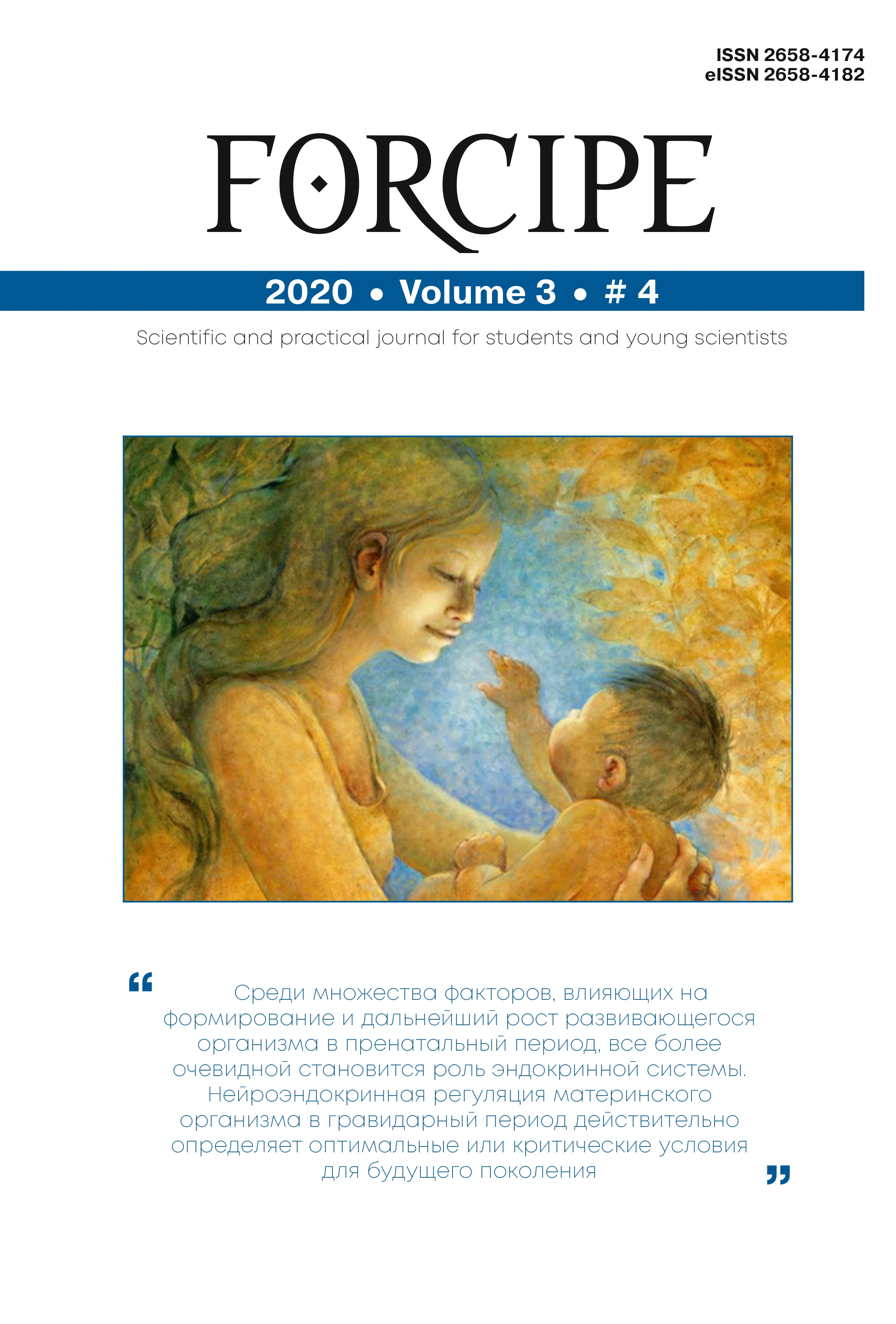GENESIS OF THE SUPERIOR MESENTERIC LYMPH COLLECTOR
Abstract
Purpose research - to study the structural features of the superior mesenteric lymph collector at the stages of formation and transformation mechanisms. Material and methods: serial sections of 30 corpseshuman embryos and fetuses of 5-11 weeks, stained with hematoxylin eosin, according to Van-Gieson and Weigert, with additional use of graphic reconstruction, were studied. Results: at the formation stages, the superior mesenteric lymph collector is consistently represented by primordia, paired lymphatic ducts, lymphatic sacs with primordial nodules, and nodeless duct segments. Partial destruction of the upper mesenteric vein channel during the spiralization of the jejunum, ileal, and right half of the colon is the trigger factor for the development of the lymph collector. The rudiments appear in situ in the fetuses of the 9th week and are represented by secondary excavations in the connective tissue at the site of collapsing veins. Paired channels (primary lymphatic structures) are formed during the fusion of multiple primordia and differ from them his in continuity and the design of the lining of the lymphatic endotheliocytes. Rudiments of the nodes arise from extra lymphatic accumulations of mesenchymal cells. They invaginate into the lumen of the lymphatic channels and merge with each other according to the type end to end, end to side and side to side. Paired channels along the upper mesenteric blood vessels and proximal segments of their branches and tributaries expand and merge into unpaired maternal and daughter lymphatic sacs. Together with the primordia of the nodes, they surround on all sides the arrays of trunks of the superior mesenteric nerve plexus, the superior mesenteric blood vessels, and their branches and tributaries for parts of their length. In the resulting neurovascular bundles, the lymphatic sacs with the rudiments of the nodes occupy the most superficial position. Arrays of trunks of nerve plexuses lie deeper, and even deeper surrounded by nerves - arterial and venous vessels.



